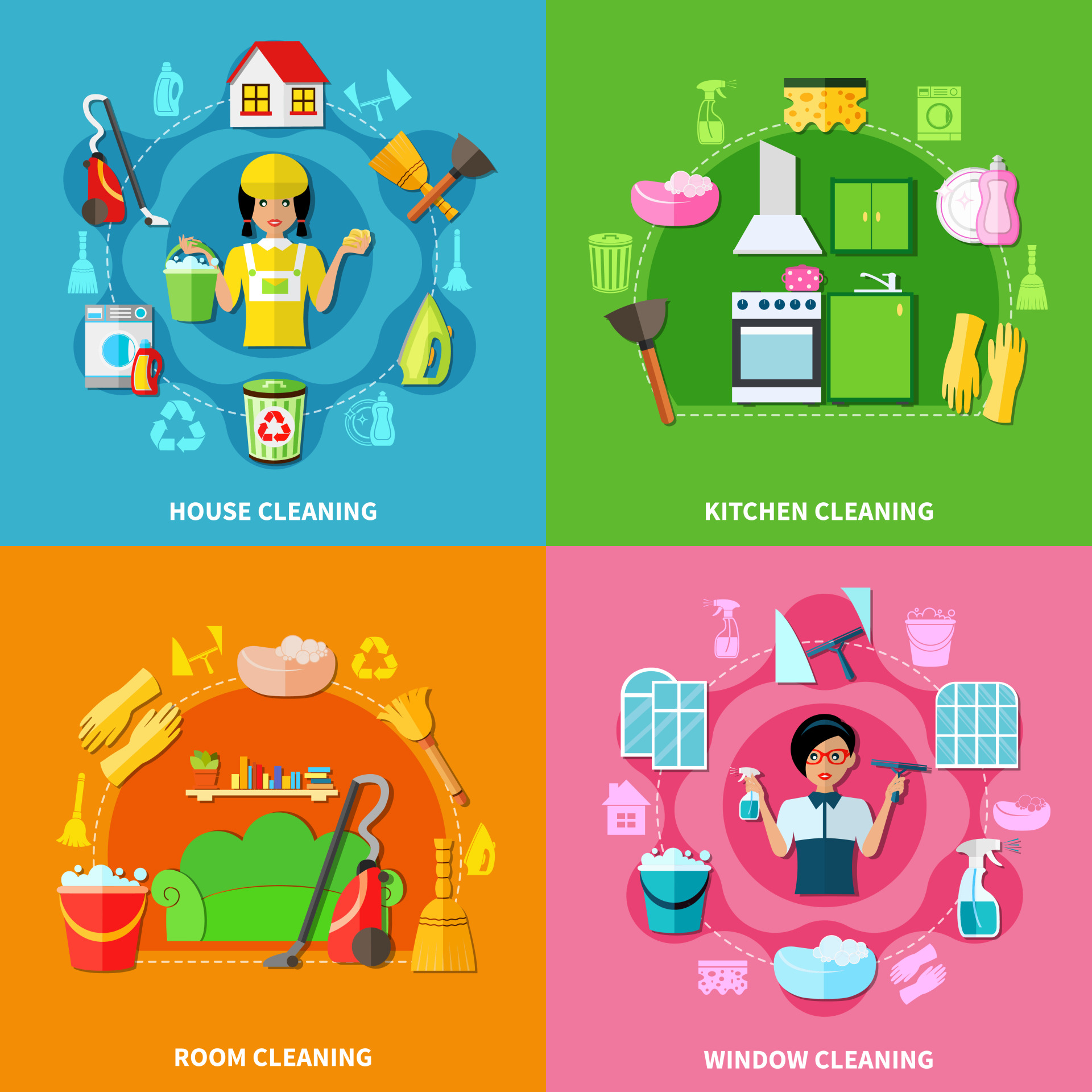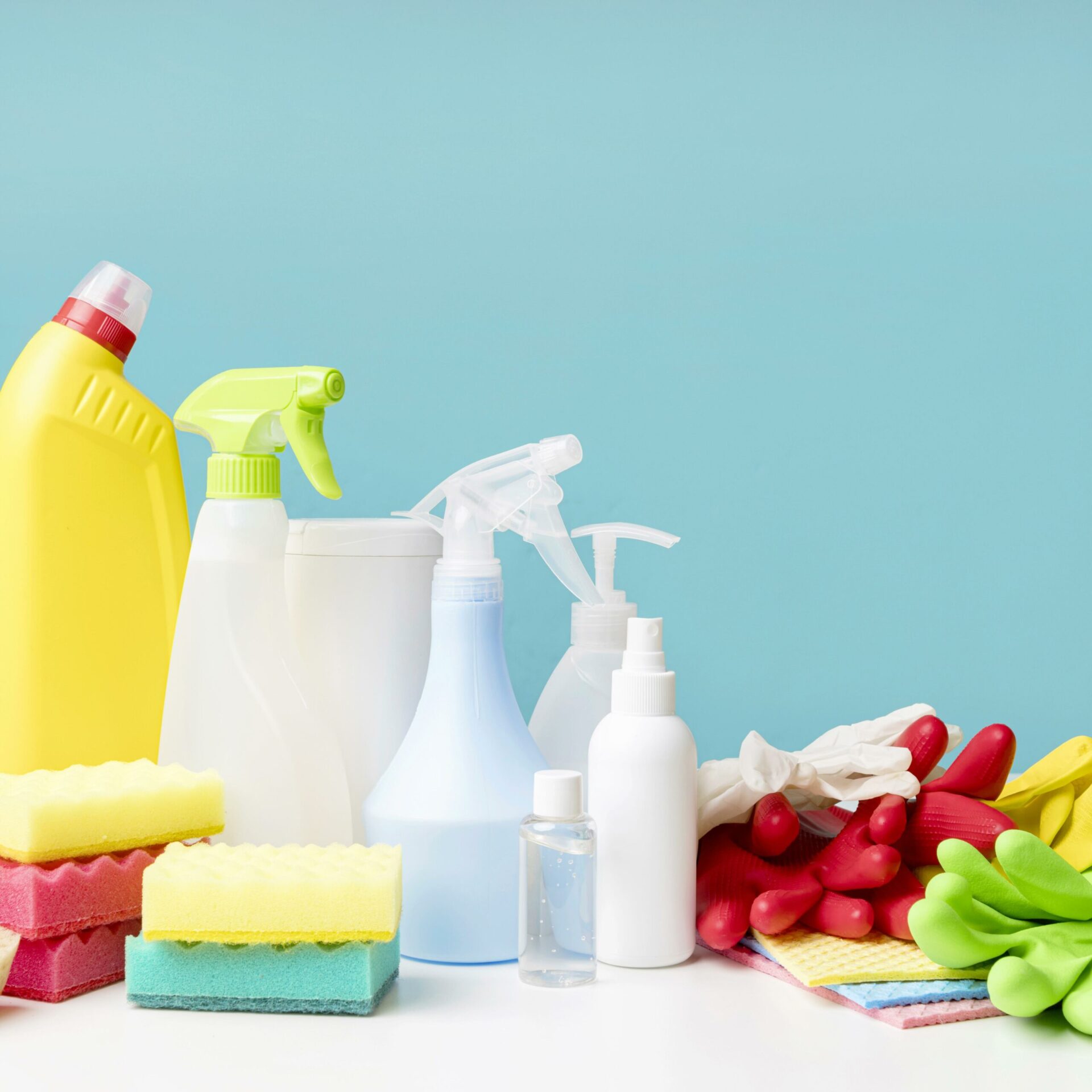As an RV owner, it’s essential to maintain a clean and sanitary environment inside your vehicle. One crucial aspect of RV maintenance is ensuring the cleanliness of your water hose. The water hose is responsible for supplying fresh water to your RV’s faucets, showers, and toilets.
Over time, bacteria, mold, and other contaminants can accumulate inside the hose, posing a health risk to you and your family. In this blog, we will explore various hose disinfection methods specifically tailored for RV owners.
By following these techniques, you can ensure the safety of your water supply and enjoy worry-free adventures in your RV.
Understanding the Importance of Hose Disinfection

Health Risks Associated with Contaminated Hoses
Contaminated hoses can harbor harmful bacteria, such as E. coli and Legionella, as well as mold and other pathogens. When these contaminants enter your RV’s water system, they can cause gastrointestinal issues, respiratory problems, and other health concerns. Disinfecting your hose regularly is crucial to prevent the growth and spread of these microorganisms.
Benefits of Regular Hose Disinfection
Regular hose disinfection offers several benefits for RV owners. It helps maintain clean and safe water for drinking, cooking, and personal hygiene. Disinfection eliminates foul odors and unpleasant tastes caused by bacteria and mold growth. By taking proactive measures to ensure the cleanliness of your hose, you can protect the health of yourself and your fellow travelers.
Preparing for Hose Disinfection

Gather Necessary Supplies
Before starting the disinfection process, gather the necessary supplies. You will need gloves, goggles, a bucket, a hose brush or pipe cleaner, and a disinfectant solution. Choose a disinfectant specifically formulated for RV hoses and safe for potable water systems. Read the instructions carefully to ensure proper usage and dilution ratios.
Disconnect and Drain the Hose
To prepare for disinfection, disconnect the water hose from the RV’s water source and drain any remaining water. Thoroughly remove any kinks or twists in the hose to ensure effective cleaning. It’s important to work with a completely empty hose to prevent diluted disinfectant solutions from mixing with residual water.
Manual Cleaning and Disinfection

crubbing the Hose
Start the disinfection process by manually cleaning the hose. Use a hose brush or a pipe cleaner to scrub the interior surfaces. Pay close attention to any areas with visible dirt, mold, or other debris. This step helps remove loose contaminants and prepares the hose for the disinfection process.
Soaking the Hose in Disinfectant Solution
Prepare the disinfectant solution according to the instructions provided. Fill a bucket with the recommended amount of water and add the appropriate amount of disinfectant. Submerge the hose in the solution, ensuring that it is fully covered. Allow the hose to soak for the recommended duration, typically between 15 minutes to an hour, depending on the disinfectant used.
Flushing with Clean Water
After the soaking period, thoroughly flush the hose with clean water to remove any residual disinfectant and loosened contaminants. Connect one end of the hose to a water source and let the water run through the hose for several minutes. This process helps flush out any remaining disinfectant and ensures that the water running through the hose is clean and free from chemical residues.
Rinsing with Vinegar Solution

Vinegar is a natural disinfectant and can be used as an additional step to remove any remaining bacteria and odors. Mix equal parts of water and white vinegar in a bucket. Connect one end of the hose to the water source and the other end to the bucket containing the vinegar solution. Allow the vinegar solution to run through the hose for a few minutes, ensuring it reaches all parts of the hose. This step helps neutralize any residual disinfectant and leaves the hose smelling fresh.
Drying and Storing the Hose

Proper Drying
After disinfection and rinsing, it’s crucial to allow the hose to dry thoroughly before storing it. Hang the hose in a well-ventilated area, ensuring it is completely straight to prevent the accumulation of moisture. Avoid direct sunlight, as prolonged exposure can cause damage to the hose material. Proper drying helps prevent mold and bacterial growth during storage.
Storing the Hose Safely
When not in use, store the hose in a clean and dry location. Consider investing in a hose reel or a designated storage compartment in your RV to keep the hose organized and protected. Avoid placing heavy objects on top of the hose, as it can cause deformation or damage. Storing the hose properly ensures its longevity and reduces the risk of contamination.
Regular Maintenance and Monitoring
To maintain a clean and hygienic water supply in your RV, it’s essential to incorporate regular maintenance and monitoring practices:
Inspecting the Hose
Regularly inspect the hose for any signs of damage, such as cracks, leaks, or degradation. Address any issues promptly to prevent further damage or potential contamination.
Repeating the Disinfection Process

Depending on usage and environmental factors, it’s recommended to disinfect your hose every few months or as needed. Regular disinfection helps prevent the accumulation of bacteria, mold, and other contaminants.
Monitoring Water Quality
Pay attention to any changes in the water quality, such as unusual taste, odor, or discoloration. If you notice any abnormalities, it may indicate a need for thorough hose cleaning and disinfection.
Conclusion
Maintaining a clean and sanitary water supply in your RV is crucial for the health and well-being of you and your fellow travelers.
By following proper hose disinfection techniques, you can ensure the removal of harmful bacteria, mold, and other contaminants. Manual cleaning, soaking in disinfectant solutions, flushing with clean water, and rinsing with vinegar solution are effective steps to sanitize your hose.
Remember to allow the hose to dry completely before storage and practice regular maintenance and monitoring to prevent contamination.
With these practices in place, you can enjoy a safe and enjoyable RV experience with peace of mind knowing that your water supply is clean and free from harmful microorganisms.







